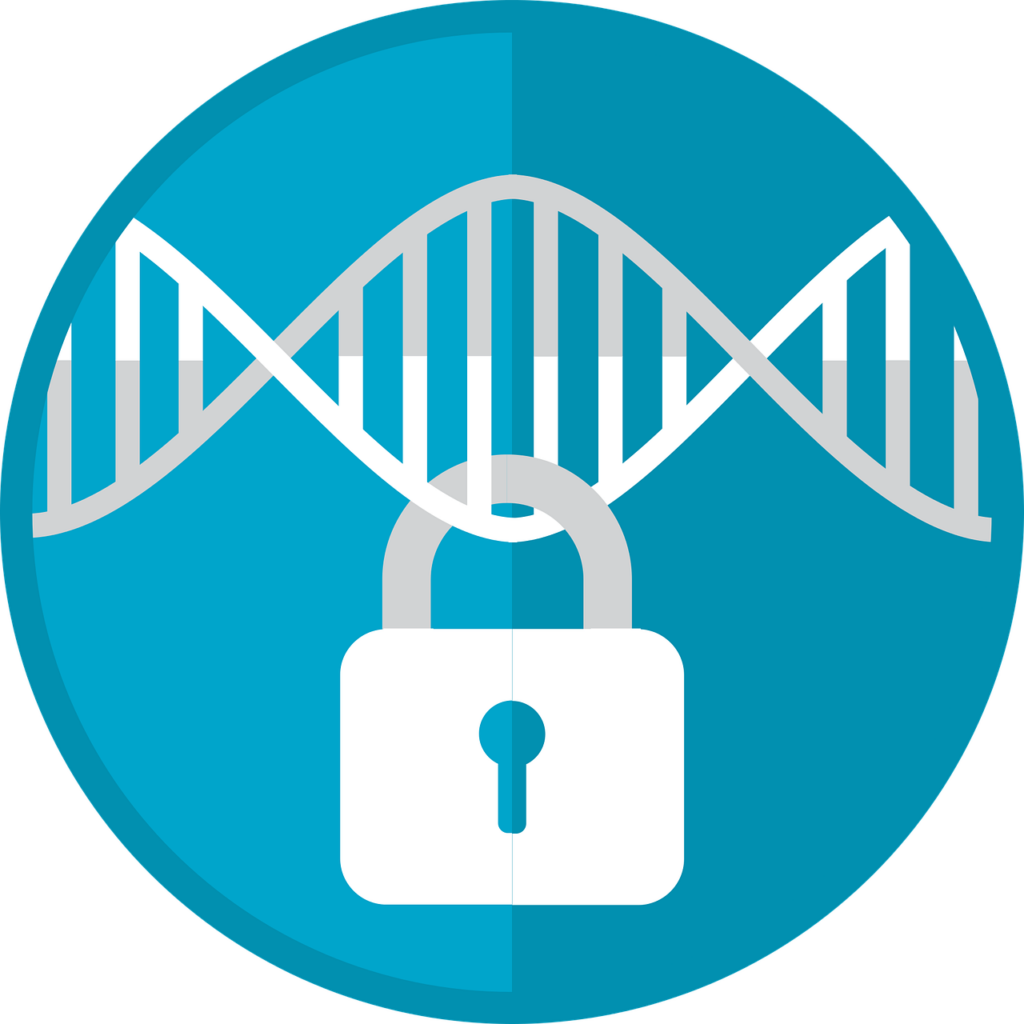On 12th March the Digital Group met to explore trustworthy and responsible data and AI within construction. We were fortunate to be joined by Joe Forde, BRE, who shared more information about the possibilities of AI in construction and Ilesh Dattani, Assentian, for more about the TRAMS Enterprise project.
AI in Construction
The construction industry has begun implementing Artificial Intelligence (AI) tools, bringing a range of benefits that improve efficiency, safety, and sustainability. However, for AI to reach its full potential in construction, the industry must ensure responsible practices.
The TRAMS Enterprise project has been developed by project partners BAM, Skanska, Glideology, Assentian and BRE, to improve responsible practices around AI. This tool aims to achieve this by offering a structured framework for evaluating and assessing the trustworthiness and risk involved in implementing AI on construction projects.
About AI
What is AI?
Artificial Intelligence simulates human intelligence in machines, enabling them to learn, reason and make decisions.
Key types of AI
There are four key types of AI
- Machine learning (ML) and deep learning
- Computer vision (CV)
- Natural language processing (NLP)
- Robotics and automation
Benefits of AI to Construction
AI has the capacity to revolutionize construction in several key areas:
- Keeping Projects on Track: AI tools can help monitor project timelines, adjust schedules, and provide real-time progress updates.
- Ensuring Workers and Resources are in the Right Place at the Right Time: AI enhances logistics and resource management, improving project flow and minimizing delays.
- Enhancing Job Site Safety: AI can predict hazards and provide proactive solutions to ensure worker safety.
- Predicting Costs and Resource Needs: Accurate forecasting capabilities help in cost prediction and ensure the proper allocation of materials and labour.
- Designing for Sustainability: AI can help architects and engineers design buildings with minimal environmental impact.
- Managing and Mitigating Risks: AI assists in identifying and reducing potential risks associated with construction projects.
- Meeting Quality Control Standards: AI enhances quality control through automated inspections and performance analysis.
- Generating Multiple Design Options: AI supports architects by generating a variety of design alternatives based on parameters.
- Improving Communication and Collaboration: AI tools facilitate better communication among teams, leading to more streamlined project management.
- Mitigating Supply Chain Disruption: AI can predict and address potential disruptions in the supply chain, ensuring timely delivery of materials.
![]()
TRAMS Enterprise
Constructing Excellence has been collaborating with colleagues at BRE on an Innovate UK-funded project, TRAMS Enterprise, which aims to help overcome challenges around responsible AI.
This project focuses on addressing challenges such as technology integration, data sharing, and privacy concerns while ensuring AI systems adhere to ethical standards.
How Does It Work?
TRAMS Enterprise provides a structured approach by establishing key principles around responsible AI use. These principles include:
Accountability
Transparency
Fairness
Reliability & safety
Privacy & security
Inclusiveness
Risk management
Impact assessment
Data quality processing framework
The TRAMS Enterprise project enables users to assess their AI systems by working through the principles, setting specific goals under each to evaluate how well they meet these requirements. For example, under accountability, users can set goals related to impact assessment, oversight of significant adverse impacts, and ensuring that AI tools are “fit for purpose”.
The tool also provides a risk assessment tool enabling users to assess the threat level of potential AI solutions, breaking down the threats and evaluating risks. This helps users identify any areas that may need to be addressed before implementing new tools/techniques.

Privacy and Data Security
TRAMS Enterprise also provides robust tools for managing privacy concerns related to data. For instance, it supports the anonymisation of data, ensuring that sensitive information is protected. This capability is particularly useful when working with various data types, such as blurring faces in video footage to protect individuals’ privacy.
Get Involved
The session took place as part of our Digital By Default series, part of the CE Digital Group. Find out more about the next Digital session here: Digital by Default Group- Digitalisation of Reinforcing Steel (Rebar) – Constructing Excellence.
Or come along to one of our other events, find out more on our Events Page.



